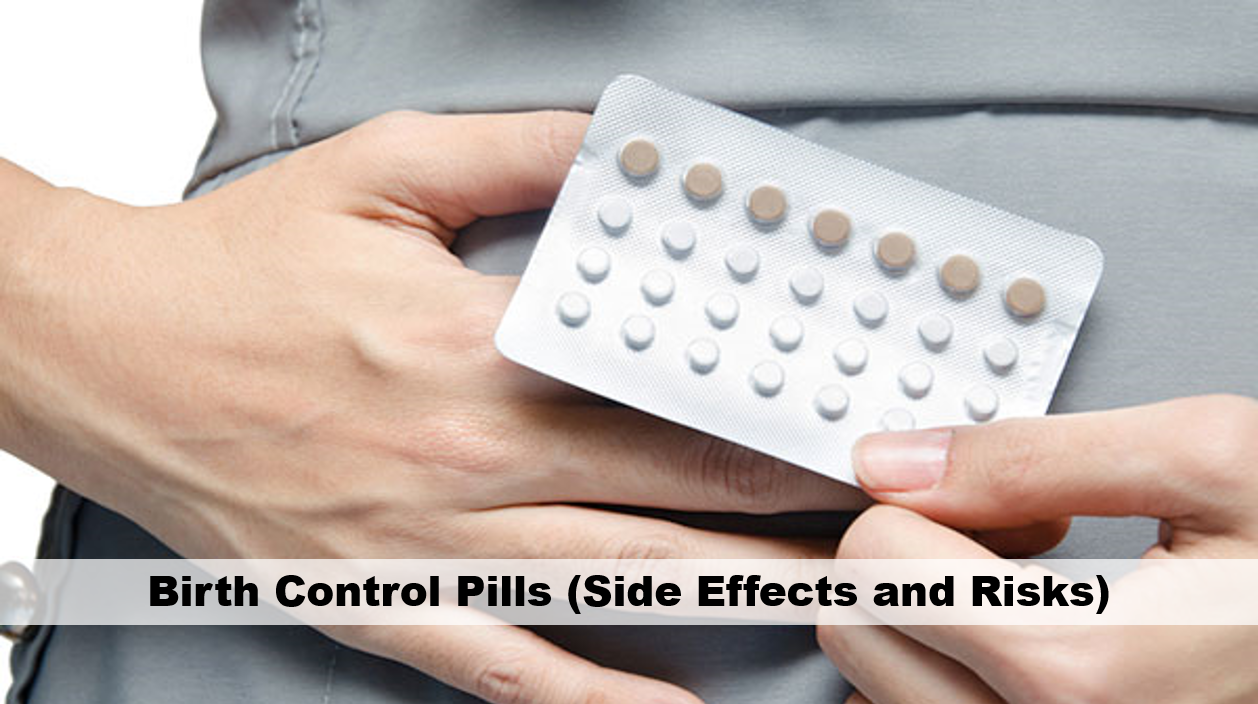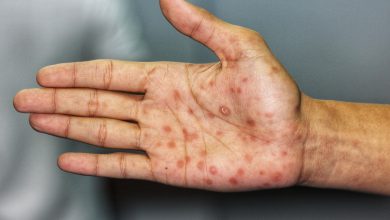The Five Most Common Sexually Transmitted Diseases

Sexually Transmitted Diseases (STD) may be a fearful dream of every person who has an active sex life and has more than one sexual partner. It is usually a group of diseases that are frequently associated with sexual intercourse and sometimes in other ways (sperm, blood, vaginal discharge). There are big problems in the diagnosis of the diseases that are transmitted in the world every year about 500 million people. To prevent sexually transmitted diseases, it is imperative to use condoms, including during oral sex. This is the only way to reduce the likelihood of developing the disease. Although they can be extremely dangerous, they are easy to test and most of them can be treated. In this text, we will explain the five most common sexually transmitted diseases that you should know.
Sexually Transmitted Diseases
Sexually transmitted diseases are infections transmitted from one person to another through sexual intercourse. The contact may be oral, anal or vaginal. While some of these diseases are easy to treat, others can really create problems for a lifetime.
1) Chlamydia
Chlamydia is caused by bacteria, and it does not have severe symptoms. The main problem with chlamydia, if not treated in time, may cause infertility and damage the female reproductive organs.
Chlamydia symptoms in men
- Abnormal discharge
- Pain during urination
- Burning or itching around the tip point of the penis
Chlamydia symptoms in women
- Fever
- Nausea
- Burning while urinating
- Abnormal vaginal discharge
- Pain in the lower abdomen or waist area
- Vaginal bleeding after sexual intercourse or between menstrual periods
2) Genital Herpes
Genital herpes is an STD caused by the herpes simplex virus. Once this virus has settled, it remains in the body forever. Occasionally, bubbles and ulcer outbreaks may occur in the genital and rectal region. The symptoms are the same for men and women:
- Flu-like symptoms such as fever and swollen lymph nodes.
- Blisters and ulcers in the genital region and rectum.
3) Gonorrhea
Gonorrhea is another very common bacterial STD. These bacteria are produced in humid and hot places. Therefore, gynecologists often encounter this problem in women in the cervix and fallopian tubes. In males, it usually begins in the urinary tract. Other areas that may develop are the mouth, eyes, throat, and rectum. If left untreated, gonorrhea can cause permanent problems for both men and women.
Symptoms of gonorrhea in women
- Painful and burning urination
- Vaginal discharge
- Bleeding between menstrual periods
Symptoms in men
- Painful urination
- Pain, swelling, and sensitivity in the testes
- Penile whitish, yellowish or greenish discharge
4) AIDS (HIV)
HIV is a virus that attacks the human immune system and can cause AIDS. It attacks the immune system and, it is absolutely necessary to avoid and treat it as soon as possible if it is transmitted. It is important to know that AIDS is STDs that can only be medically treated to control them. However, there is no definitive treatment for these problems. The most dangerous feature of HIV and AIDS is that it can remain in the body for 10 years after contact without showing any symptoms. The only way to test the presence of these conditions is to perform the relevant medical tests. These are simple and practical, painless blood tests.
The symptoms of AIDS / HIV
- Candidiasis
- Throat ache
- Headache
- Skin Rashes
- Sudden Weight Loss
- Severe recurrent infections
- Fatigue and dizziness
- Diarrhea, fever and night sweats
- Swelling of the skin and ulcers in the mouth
- Bruising
5) Human papillomavirus (HPV)
Although many people think HPV is the most serious among them. However, you should know that it is impossible to treat some HIV families. Others may cause cancer in the attacked area when not administered at the time of treatment.
Fortunately, there is a vaccine for this:
- Women between the ages of 11 and 26
- Men between the ages of 9 and 26
If you are not in this period, the vaccine is not a very meaningful option for you. In this case, it is vitally important to always use protective contraceptive methods.
Symptoms of Human Papillomavirus
- Warts in the genital area
- Warts in the throat




